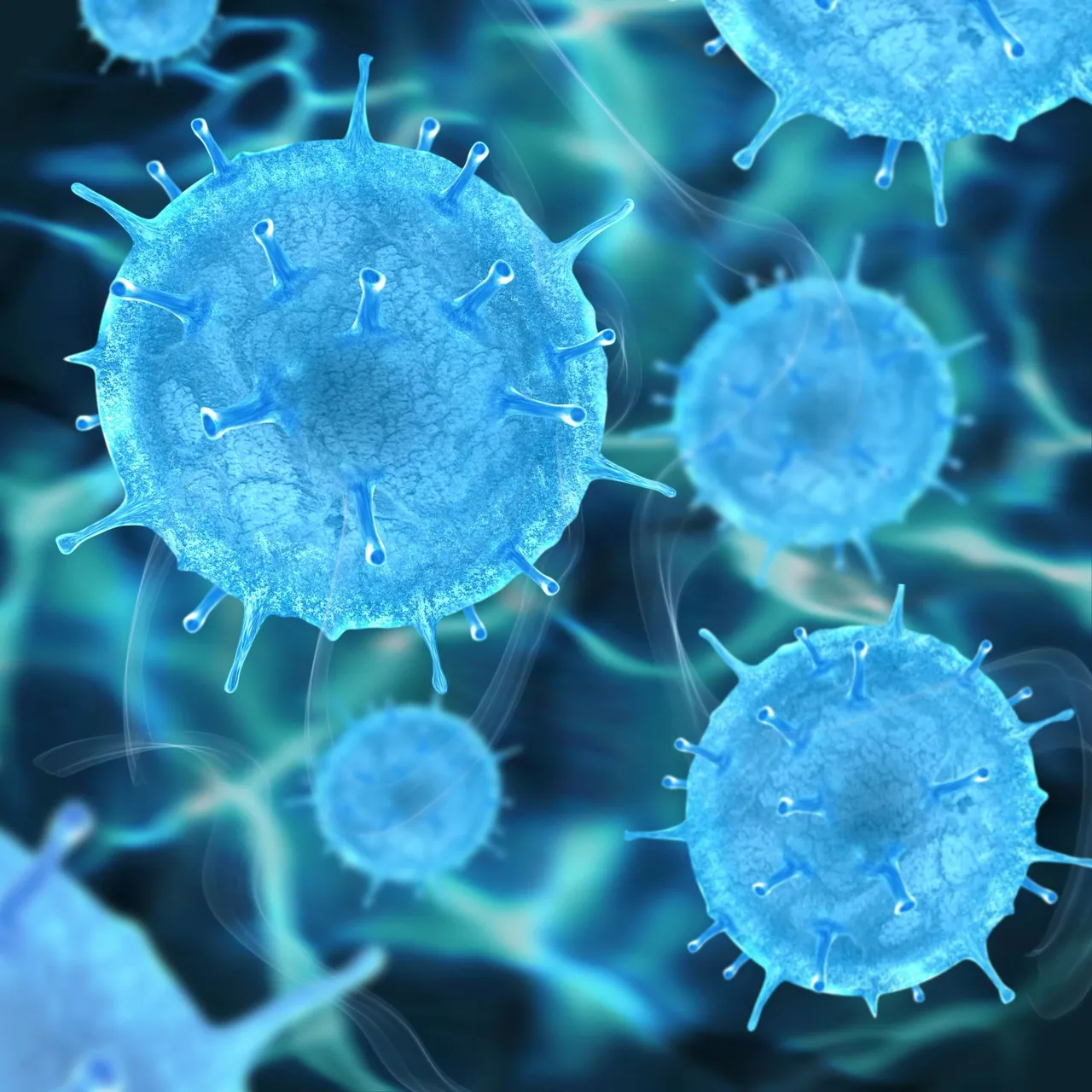For a long time coronaviruses really weren’t in the spotlight. But that has all changed. Now, a new analysis of American bio-informatics includes 2006 complete genomes of coronaviruses.

Image by REPIC_STUDIO from Pixabay
- Be also sure to check out my other posts and follow me @kralizec and subscribe to my Youtube channel at Kralizec Gaming Youtube Channel
Coronavirus infections aren’t exactly new. The first scientific studies about coronaviruses come from 1966. But before the discovery of the three killers – SARS-CoV, MERS-CoV, and SARS-CoV-2 most people gave them little to no attention apart from a few specialists.
But that was all changed by the pandemic. Now everyone wants to know about coronaviruses as they changed many aspects of our lives. And experts started to search for the origin of the trio of killers. But, as a team of bioinformatics from the University of North Carolina at Charlotte says this search is sadly mostly focused on the search of intermediate hosts from which humans got sick. But this search seems to be mostly fruitless.
On top of that, as Denis Jacob Machado and his colleagues confirm in their study, the search for intermediate hosts is almost completely useless. This is because all that is important with coronaviruses happens in bats. The team analyzed a total of 2006 unique and complete coronavirus genomes that infect various hosts. On top of that, they tried to prevent all the errors previous studies on this topic had – either a low number of taxa or methodical problems. They focused on evolutionary relationships between coronaviruses in relation to their hosts.
Machado and his team came to an unambiguous conclusion that the original hosts of all three of the already-mentioned killers are basts. When it comes to SARS and SARS-CoV-2 humans most likely got sick directly from the bats while MERS most likely first infected camels and then quickly jumped to humans. They also found out that coronaviruses can be transferred to other species such as civets or minks.
The likely most important output of the analyses is that the transfer of a coronavirus between an animal host and human does sometimes just happen. From 1966 to 2020 we encountered eight such transfers with different results. According to the researchers, it is definitely hard to predict when it will happen but that is not needed as now we know it is just a matter of time and we need to be ready.
Machado and his colleagues are saying that we should not waste energy trying to find out which unlucky animal was the first to infect a human. The key is to watch coronaviruses in bats. We should do it consistently, systematically, and continuously. Not only once the problem is already out.
Sources:
- If you like the content I’m producing about science maybe you will like the content I produce about gaming as well! Be sure to check out my other posts!
